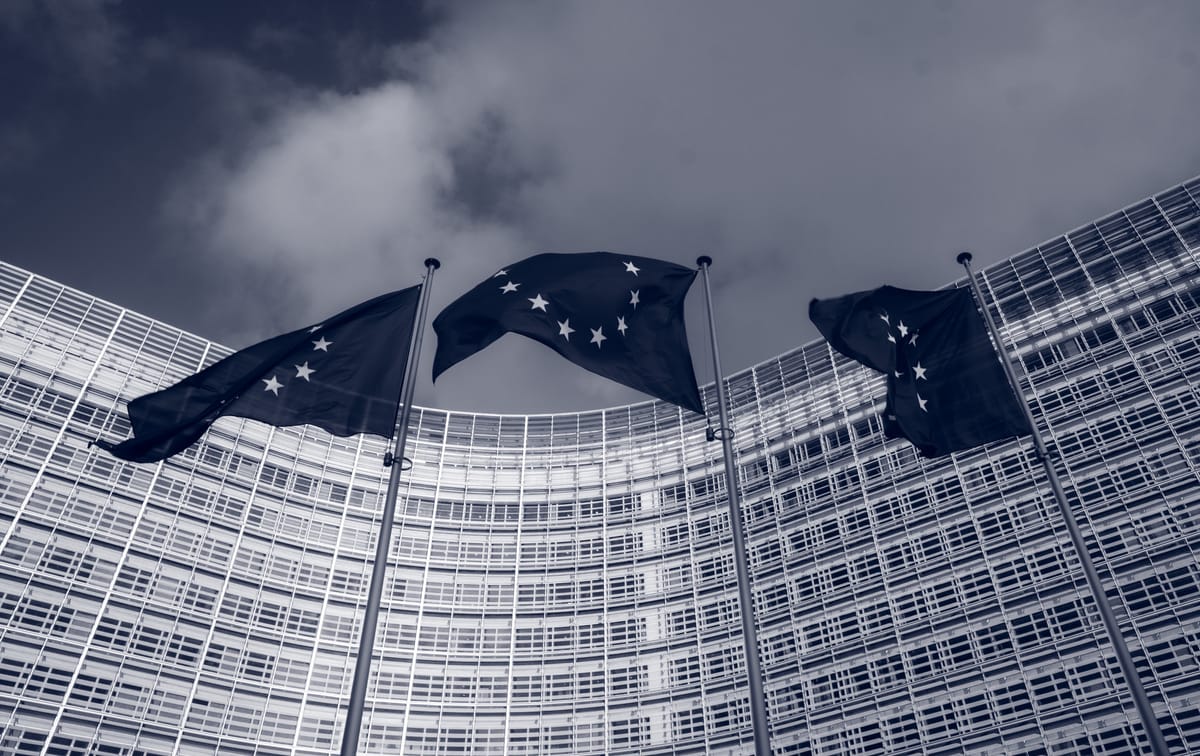The Shift - Europe’s Changing Electorate

A year ago Europe was struggling with an energy crisis, a new geopolitical world, and increasingly needing to resolve matters by itself. A lot has changed since then, new political leaders and crises have appread, and it's worth asking the question of what the people of Europe think of this. What parties do they find best equipped to face the many challenges ahead and do they find the establishment (governing party or coalition) to have handled the already seen crises well enough to continue governing?
Below you find a map of Europe showing what side of the political spectrum was the most popular in the respective countries 1 year ago today or as close as polling could allow. The division of parties into different parts of the political spectrum has been done through EU party affiliation. GUE/NGL has been classified as left to far left-wing, S&D center to left-wing, RE center, EPP center to right-wing, ECR and ID right to far right-wing.
The map is not very surprising, reflecting the anger and frustration of many in some countries; the UK, Germany, and Norway are good examples. Furthermore, showcasing the relative happiness with the government in others; Croatia, Luxembourg, and Sweden are good examples. What is notable is how much the right to far right-wing grouping controls on the map, with a large stronghold in central Europe alongside Italy and Belgium. The right to far right-wing parties' control of said countries can be explained by the anger of the population in these countries, with Austria just exiting a major political scandal shaking the country to its core, Italians being heavily annoyed by the ineffectiveness of the establishment, Belgium seeing a dramatic shift as Charles Michel moved to work with the EU, however, being a divided country with more than just politics at play, Hungary and Poland both had a long history of this grouping being in charge meaning that they were the establishment. Ireland's sticking out is due to Sinn Féin managing to do increasingly well in the polls due to better campaigning and annoyance toward the governing parties.
Below the map showcases the same information as the map above, however, this map represents the most recent polls.
This map is more surprising than the last one, a major shift has undergone in Europe, liberalism has practically disappeared alongside these formerly centre countries diverging towards either the left respective right.
However, it is worth remembering that this map only presents the largest parties' ideologies rather than the collective votes of the electorate. An example would be Sweden with the largest party (Socialdemocrats) being center to left-wing whilst the government represents the center to right-wing grouping, meaning that the electorate may have a preference for the center to right-wing’s policies, however, diverge in where they lay their vote. This is seen in France as well with it just barely turning red with both the National Rally (black) and Renaissance (yellow) ever so slightly below them in polling.
Though it is relevant what the largest party’s ideology is, considering that being the largest party means that you represent the most votes and people of any individual party and in this case showcasing shifts in the electorate.
So why does Europe look as it does and what has changed since 1 year ago? The seeming destruction of the center has to do with unpopular governments. Mr Macron in France has had it especially tough to pass bills due to his party not reaching a majority in parliament (needing to compromise with either his political adversary Mademoiselle Le Pen or left-wing leader Mr Melanchon) making him look ineffective. Mark Rutte’s resignation due to political turmoil has put the VVD (the center party he once led) in a hard position with the electorate moving towards other parties as they simply feel as if the last government was ineffective at solving many vital issues. Estonia has once again seen political turmoil and Slovenia is returning to the SDS after the GS (center) is forced to come to terms with reality.
These major liberal holdouts falling is a clear sign of change on the European continent, with the people currently blaming many of the past liberal governments for mishaps and decisions that did not pan out well.
The clear lines between left respective right within Europe are a sign of diverging opinions, will it make a difference in the cooperation of the union, that remains to be seen. One interesting thing is the remainder of center to right-wing countries and how they have not switched sides, likely due to popular opposition parties or unpopular governments depending on how you see it; Germany, Spain, and Slovenia are good examples. Or due to popular governments, Greece, with people being particularly happy with the current government results considering the economic past. The left has made gains, however, not with big leads in the polls, France and Finland just barely turn red more so the latter.
The right to far-right continues to solidify its grip on the continent, however, not making as large gains as one might have thought considering the centre's fall. Only the Netherlands has flipped to this grouping, which to be fair is an important nation. This grouping's remaining prevalence in many countries, notably Austria staying the same and Poland still having PiS as the largest party despite election results, is worrisome news for the establishment, now perhaps in many countries no longer the establishment.
Voters are simply reactive and are more and more moving towards separate corners of the political aisle, and one thing is prevailing: voters will ditch you if you do not deliver or are seen to be ineffective.



